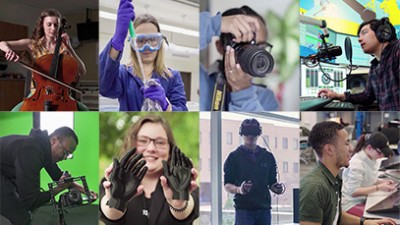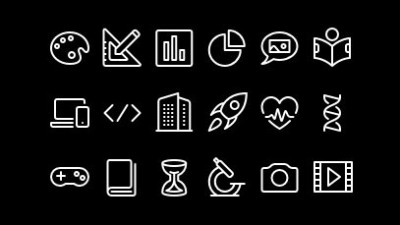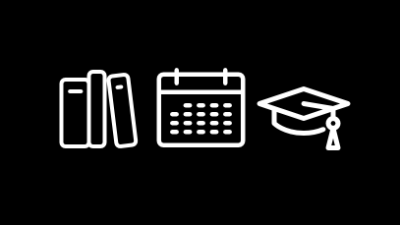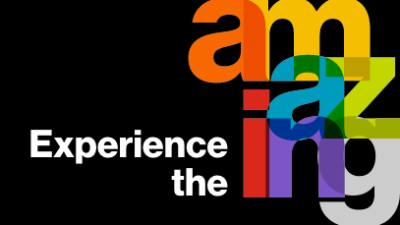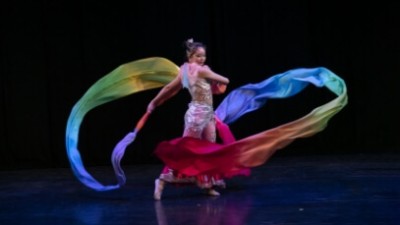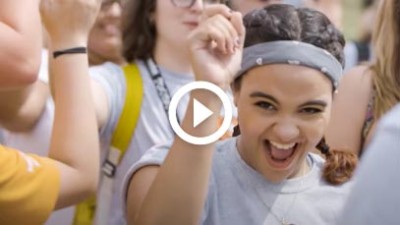Peter Gabak
Adjunct Faculty
Currently Teaching
ARTH-135
Survey: Ancient to Medieval Art
3 Credits
In this course students will examine the forms, styles, functions, and meanings of important objects and monuments dating from prehistory through the Middle Ages, and consider these works of art in their social, historical and cultural contexts. The primary goals of this course are to learn how to look, how to describe and analyze what we see, and how to use these skills to understand and explain how art visually expresses meaning. At the end of the term, students will have gained a foundational knowledge of the object, scope and methods of the discipline of art history. The knowledge obtained in this introductory course will also guide students in their own creative endeavors.
ARTH-136
Survey: Renaissance to Modern Art
3 Credits
In this course students will examine the forms, styles, functions, and meanings of important objects and monuments dating from the Renaissance through the beginning of the twentieth century, and consider these works of art in their social, historical and cultural contexts. The primary goals of this course are to learn how to look and how to describe and analyze what we see, and to use these skills to understand and explain how art visually expresses meaning. At the end of the term, students will have gained a foundational knowledge of the object, scope and methods of the discipline of art history. The knowledge obtained in this introductory course will also guide students in their own creative endeavors.
ARTH-379
Renaissance Painting in Flanders
3 Credits
The course explores the history of Renaissance painting in the Southern Netherlands from the beginning of the 15th century to the end of the 16th century with specific focus on women, gender, and illness and the birth of Early Modern Europe. We will consider the meaning of the Renaissance in Flanders, the observation and recording of natural appearances, “hidden symbolism” and sacramental themes in Early Netherlandish painting, the connections between Flemish, German, and Italian art, the development of new genres in the 16th century, and “originality” and artistic progress.
